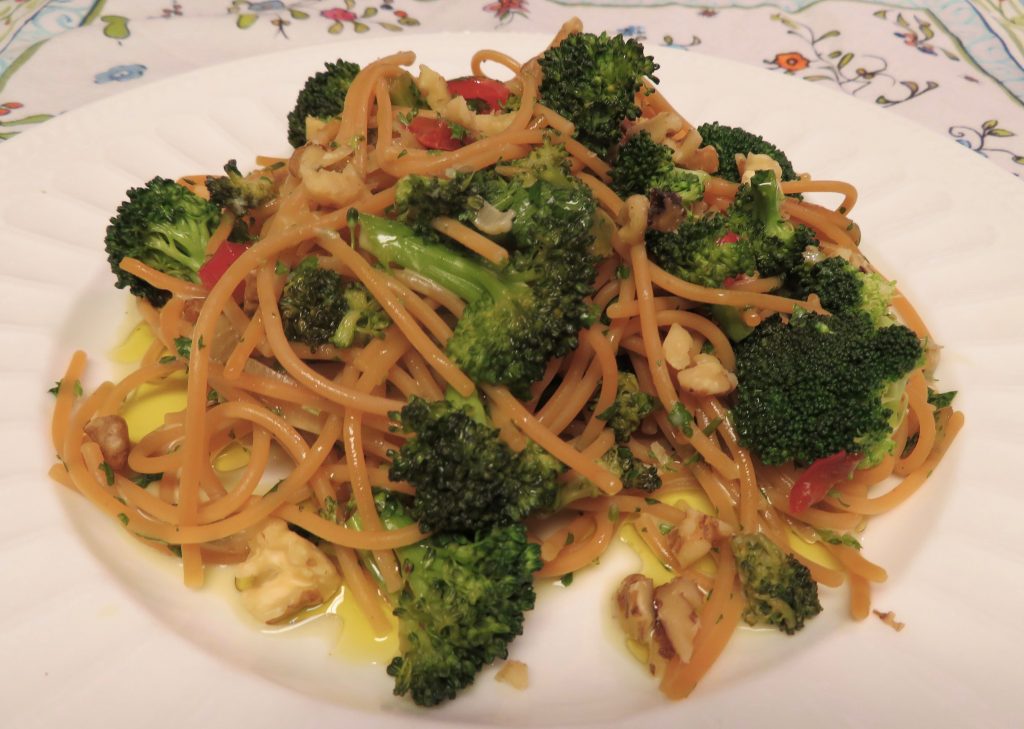Quick Vegan Meals

Now that it’s officially summer, I’ve created a new trio of recipes for you, dear readers: each one easy to make and cooling—or at least balanced—from an Ayurvedic perspective. Because one thing’s for sure: summer invites us all (even working people) to have a little extra time to relax so we can enjoy the balmy breezes or stay cool despite 90-plus degrees as the sun goes down!
Vegan Cilantro Coconut Sauce: For starters, let’s begin with cilantro because it is the most cooling of the fresh herbs and serves as an excellent tonic for summer when blended into a sauce. I’ve combined it with coconut cream (or coconut milk, whatever you have available), which is equally cooling and perfect for hot weather. Cilantro is both sweet and astringent, according to Ayurveda, and coconut is all sweetness. To balance the sauce, I’ve added salt, a splash of lime for the sour taste, and a clove of garlic or a teaspoon of freshly ground ginger to add a hint of pungent. These additions add a little warmth, making the sauce better for vata and kapha while still cooling pitta. However, go easy on the garlic and lime so that the sauce, while being delightfully flavorful, retains its a cooling effect! Use this sauce over steamed or sautéed vegetables, as a salad dressing, over your favorite pasta, as an extra layer of flavor over pinto or black beans; or pour it over tacos or burritos!
Vegan Cilantro Pesto: This pesto is the same idea as the sauce, but its texture is thicker because of the nuts. This pesto, too, can be used in a variety of ways. Make it with any nut you like. Keep in mind that nuts increase pitta, which mean nuts are inherently heating. In this pesto, the nuts are balanced somewhat by the cilantro. However, I would recommend that pitta types or people with pitta problems (skin rashes, acne, headaches, acid indigestion, among others) save this recipe for an occasional treat.
Pasta with Broccoli. This is a simple meal I made for our dinner last night. I chose the Whole Foods brand of Organic Red Lentil Gluten-Free Spaghetti, which holds up well when cooked. By this, I mean it doesn’t turn to mush, which some gluten-free pastas do. I find this easier to digest than the quinoa and chickpea pastas, but it still offers 15 or more grams of protein per serving. Broccoli, like all cruciferous vegetables, is also cooling and astringent, so it’s especially good for pitta and kapha. I added the red bell pepper for a little extra color, but it’s optional.
Enjoy these recipes featuring cilantro and coconut cream during these hot summer months!




